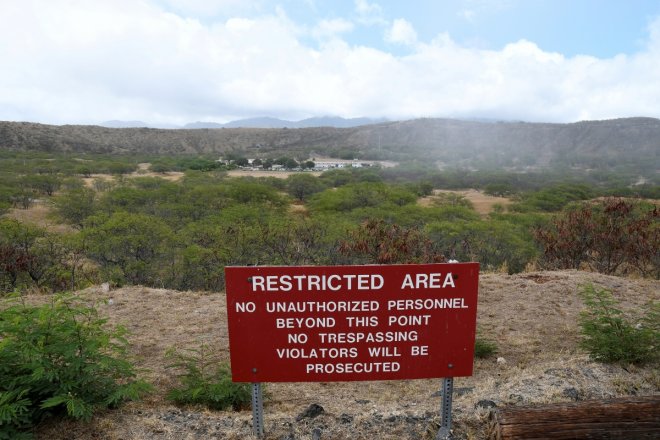
What has appeared as a mysterious giant crater in northern Siberia indicates rising temperatures in the crest of the Earth, scientists said over the phenomenon of melting permafrost. Permafrost contains twice as much carbon as the atmosphere and its release into atmosphere could have serious consequences.
The ground in the Russian desert province is throwing up signs of sinkholes indicating warming up of otherwise frozen permafrost.
"The last time we saw a permafrost melting was 130,000 years ago. It's a natural phenomenon because of changes in the earth's orbit," said Gideon Henderson, professor of earth sciences at the University of Oxford.
He further said the alarming rate at which warming that happened 130,000 years ago is being repeated in just over decades or a century. The release of permafrost is an indication of accelerating rate of warming in the future, he told Asiaone.
The strange phenomenon of sink holes, being witnessed in Siberia over the last four years, began when the first sink hole measuring just 50-ft appeared overnight in the desert region in 2014, followed by repeated appearance of sink holes in the region.
Vladimir Romanovsky, professor of geophysics at the University of Alaska Fairbanks who concurs with the temperature theory says it could mean "crucial ramifications for Siberia's community" and the global environment. These sink holes release trapped gases, especially carbon dioxide and methane, both greenhouse gases.
The Intergovernmental Panel on Climate Change (IPCC) estimates show that methane warms the planet by 86 times faster than carbon dioxide, but "there is no estimate for how much methane is released into the atmosphere" due to these craters, Romanovsky said.
A thaw in Siberia's permafrost could release over 1,000 giga-tonnes of the greenhouse gases carbon dioxide and methane into the atmosphere, potentially enhancing global warming, according to another team of Oxford University scientists who studied Siberia in 2011 and published their findings in "Science Express" earlier.
The team used radiometric dating techniques to date the growth of cave formations in Siberia, especially at the Ledyanaya Lenskaya Cave - near the town of Lensk latitude 60°N - in the coldest region. The findings showed that the caves formed about 400,000 years ago, during a period with a global temperature 1.5°C higher than today.
Anton Vaks of Oxford University's Department of Earth Sciences, who led the work, said:"As permafrost covers 24% of the land surface of the Northern hemisphere significant thawing could affect vast areas and release giga-tonnes of carbon."
In a world 1.5°C warmer than today, it could mean melting of the coldest permafrost, and spreading to even the adjoining regions such as Mongolia's Gobi Desert among others, he said.








